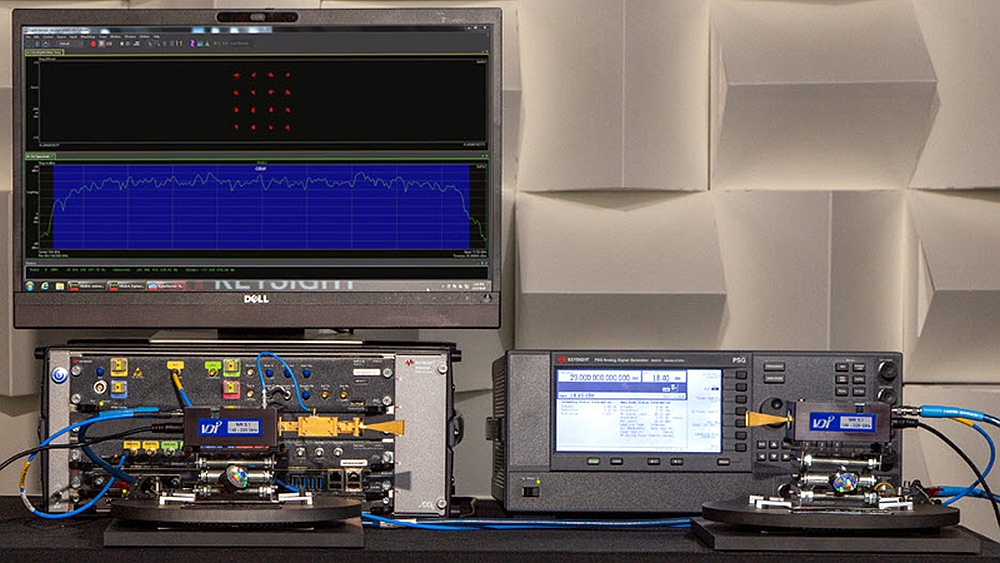- Keysight Technologies has demonstrated with LG Electronics the feasibility of terabit-scale wireless transmission implementing signals operating in the sub-THz frequency bands likely to be exploited by next-generation (6G) mobile communication technologies.
- The demonstration, which took place in Korea in late December 2021, involved a 6G RF front-end module from LG.
Keysight’s proposed 6G Sub-THz testbed for R&D and LG’s 6G radio transmit/receive front-end were implemented to transmit wireless data at terabit rates.
The 6G Sub-THz R&D testbed is designed to be flexible and scalable to support a variety of frequency bands and bandwidths as well as various types of waveforms. It can generate signals with bandwidths up to 10 GHz in D-band (110-170 GHz) and G-band (140-220 GHz). This enables telecom companies to conduct research in the sub-THz frequency bands and evaluate waveforms and channels that can be exploited by next-generation (6G) mobile phone technologies.
Many 6G applications and use cases require short-range data transmission at higher data rates than current 5G networks. This explains the need for wide bandwidths at frequencies above 100 GHz (sub-THz). Keysight’s 6G testbed features residual error vector magnitude (EVM) over ultra-wide modulation bandwidths. This enables the performance of systems, transceivers and components operating at sub-THz frequencies to be evaluated.
The testbed consists of the M8195A multi-channel arbitrary waveform generator with a 65 GS/s sampling rate, the UXR oscilloscope, PathWave software for vector signal analysis, and the E8267D PSG analog signal generator with frequency downconverters and upconverters from Virginia Diodes Inc. (VDI).
The arbitrary waveform generator outputs the modulated IF signals. The frequency converters raise the signals to the desired sub-terahertz frequency band (D or G band). At the receiving end, the signal is converted to IF using a VDI down converter and digitized using the UXR oscilloscope. The vector signal generator (with UNY option) provides the low phase noise local oscillator to the VDI frequency converters.






